What to Expect at Your Physio Appointment
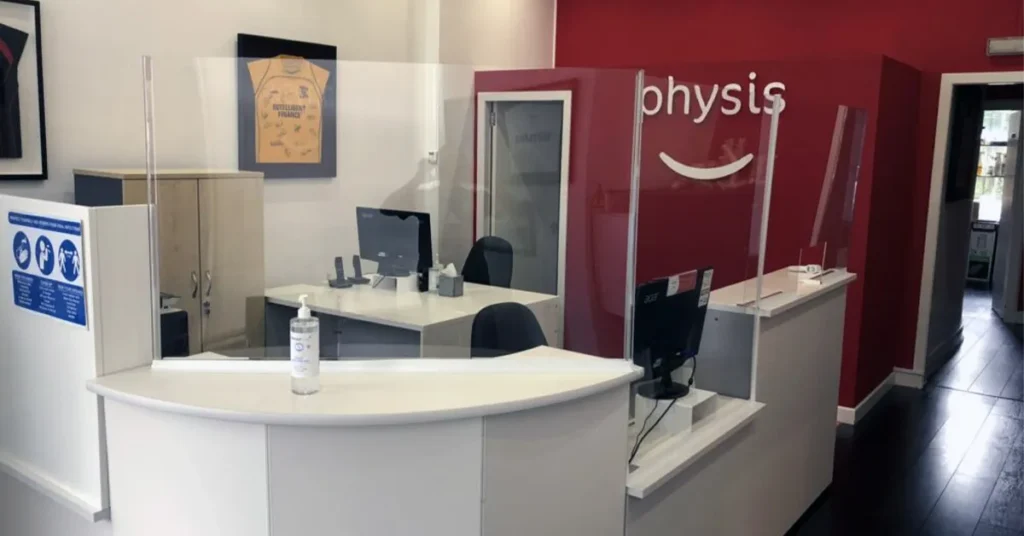
Physiotherapy – Musculoskeletal condition When you visit any of our Edinburgh physiotherapy clinics, you may be attending for up to an hour for your first appointment. This might seem like a long time, but it passes very quickly. You may be asked to fill out a consent form if you have been referred by your employer […]
Active Cycle Breathing (ACB)

The active cycle of breathing technique uses deep breaths and relaxed breathing to push phlegm from the small airways at the bases of your lungs to larger airways at the top. They can then be cleared more easily through huffing and coughing techniques. Body position is important before you begin your technique, as this will […]
The Huff or Forced Expiratory Technique (FET)

A huff sometimes called the forced expiration technique [FET] is a manoeuvre used to move secretions in addition to a cough. FET can be used as a stand-alone technique but should always be included in any airway clearance routine. If taught appropriately, the FET is probably the most effective airways clearance technique. Taught by a […]
What is breathing retraining?

We all take breathing for granted and rarely even consider how we do it. However, sometimes this natural function is disrupted or knocked out of its normal pattern. When we are exposed to situations such as illness, stress, anxiety, or exercise our body will naturally respond by altering the way we breathe. These changes in […]
Why Physiotherapy Rehabilitation Matters
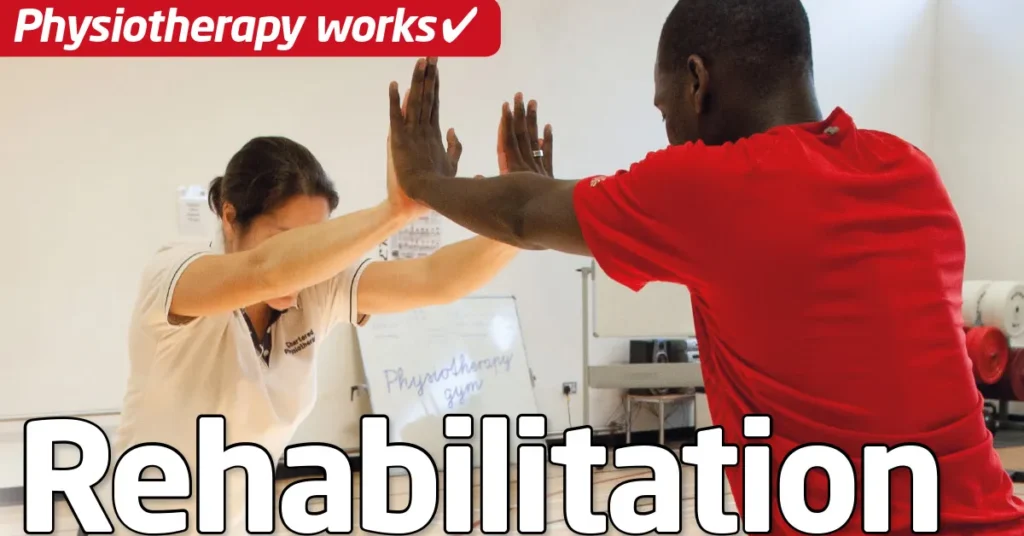
Physiotherapy Rehabilitation Exercise rehabilitation is a key component of the service provided by the physiotherapists at Physis Physiotherapy. All of our clinics in Edinburgh have rehabilitation space and equipment, a designated gym space or we create one within the patients home. What is physiotherapy rehabilitation? Physiotherapy rehabilitation through exercise aims to optimise patient function and […]
Shockwave Therapy

SHOCKWAVE THERAPY What is Shockwave Therapy? Shockwave therapy, also known as Extracorporeal Shock Wave Therapy (ESWT), is a clinically proven and highly effective treatment for chronic soft tissue injuries and certain bone conditions, as recommended in the NICE guidelines. An extracorporeal shockwave is defined as a non-invasive, non-electrical high energy sound wave that passes through the body via a hand-held probe. […]
The Mummy MOT®

The Mummy MOT is a specialist in-depth postnatal physiotherapy assessment recommended for all women following childbirth (vaginally or by C-section), whether 6 weeks after delivery or many years later. It specifically assesses the strength and function of your abdominal and pelvic area. It will check your posture, breathing, tummy and pelvic floor strength. You will […]
What is a sprained ankle?
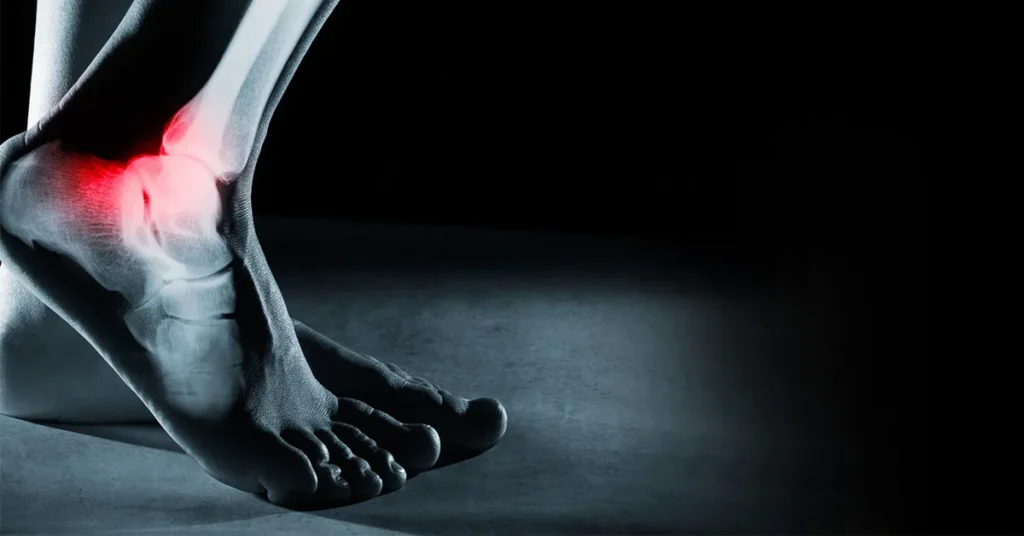
Sprained ankle? What is a sprained ankle? Well the term is applied to a soft tissue injury at the ankle joint but there are a number of possible injuries that this term may be used to describe. As a sports physiotherapist you assess the area to identify the tissues involved and the type/grade of injury. […]
Shin Splints- a sports physiotherapists perspective
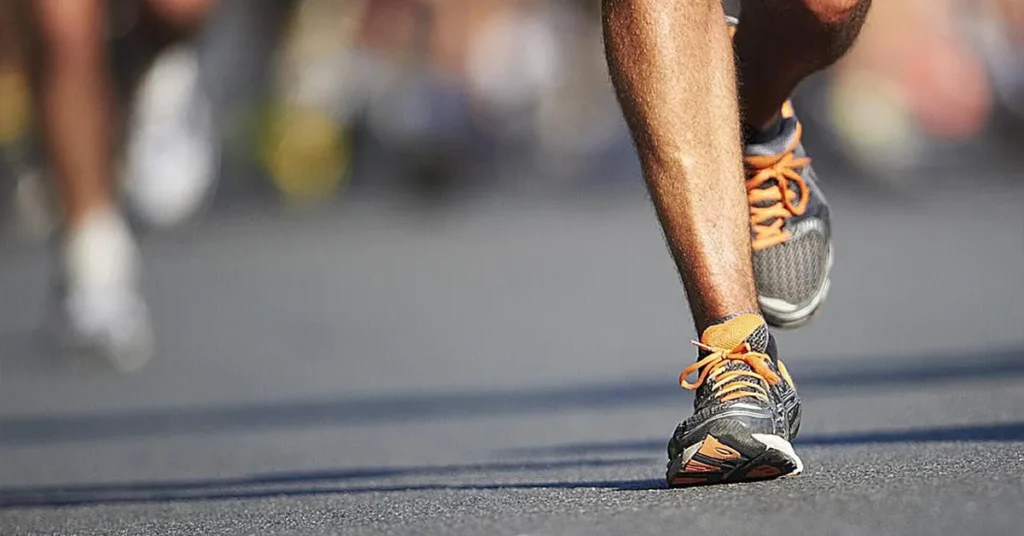
Shin Splints Shin splints is a condition which effects many runners and sports people. There are four different types of shin splints but the most common effects the anterior (front) and medial (inside) of the shin area. It is commonly known as medial tibial stress syndrome (MTSS). Shin splints occurs in women more than men […]
What is physiotherapy? From an Edinburgh Physiotherapist.
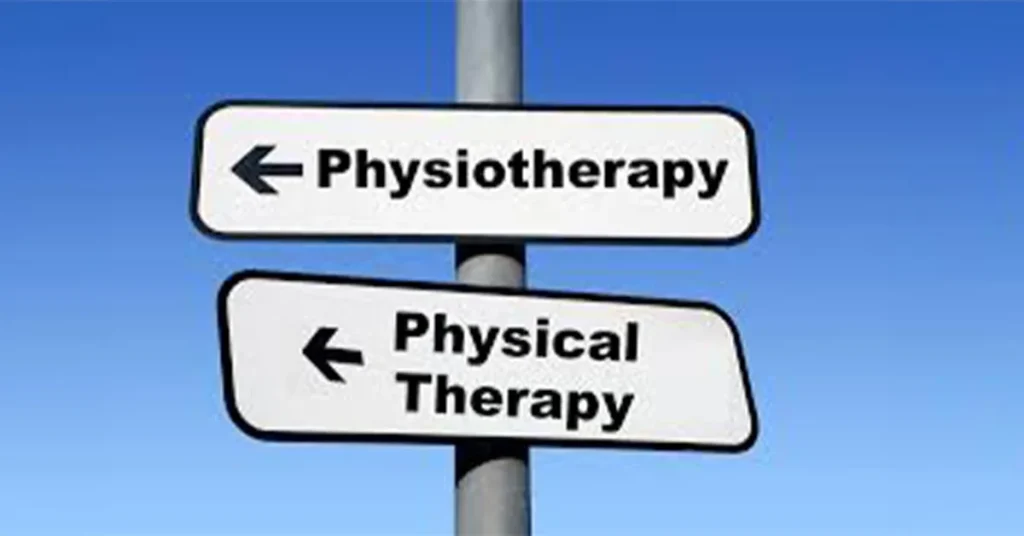
As a Edinburgh physiotherapist, the question ‘What is physiotherapy?’ is an interesting and ever changing one. Well if you get the definition from our professional governing body, the Chartered Society of Physiotherapists then ‘ Physiotherapists help people affected by injury, illness or disability through movement and exercise, manual therapy, education and advice. They maintain health for […]